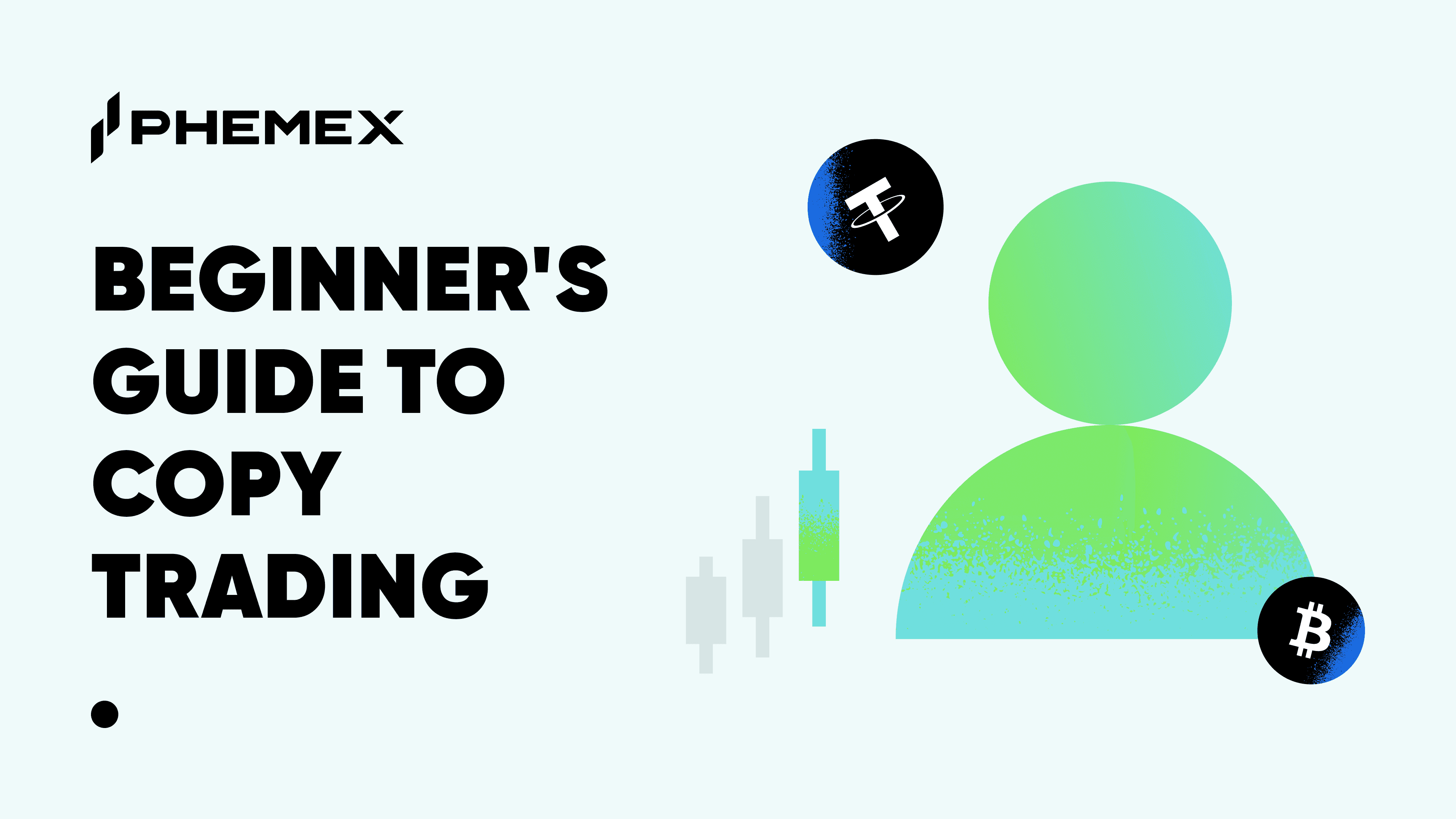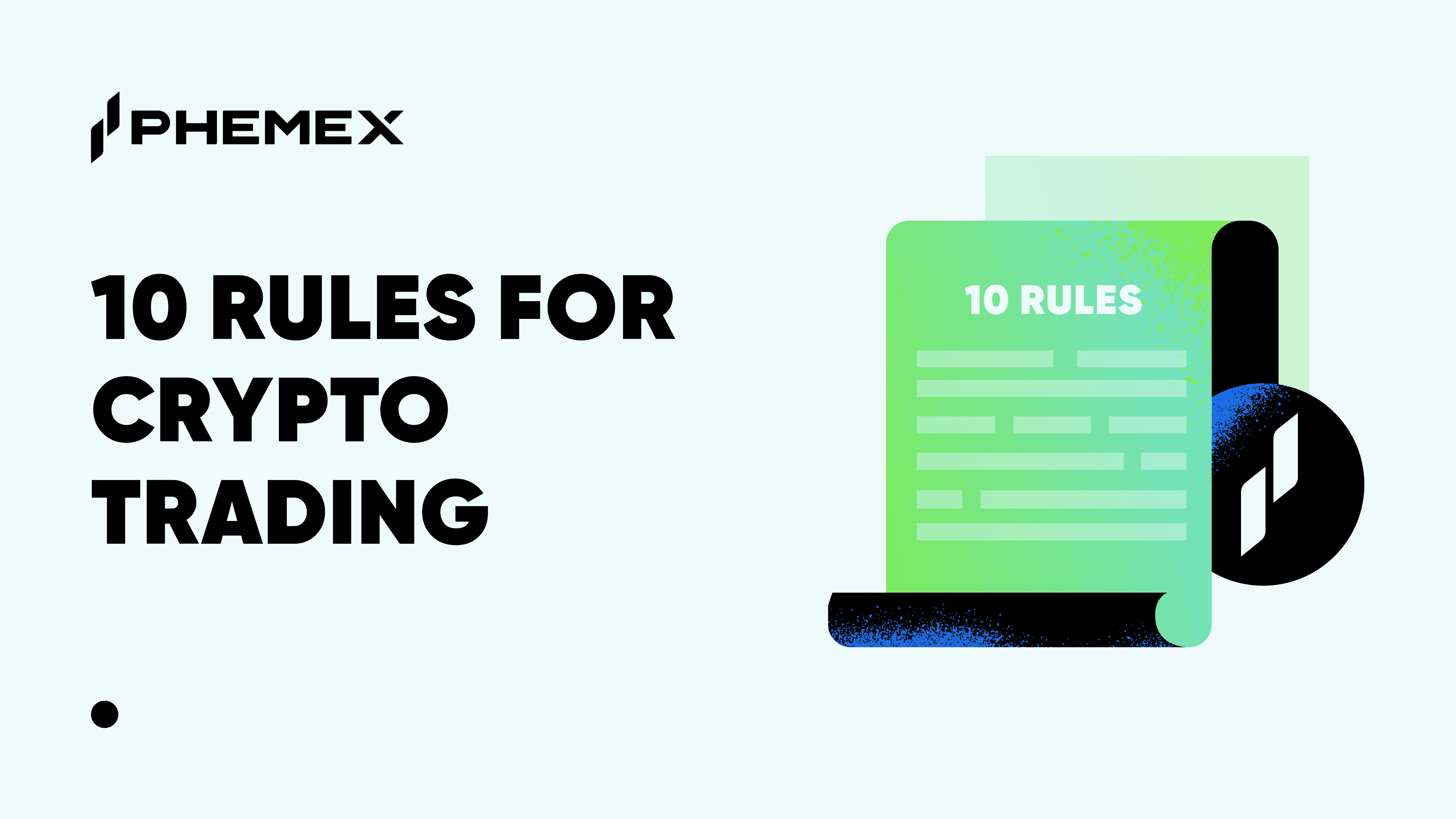
The cryptocurrency markets are known for their unpredictable volatility, where even the most liquid market of Bitcoin can see 20% swings in just a few hours. The typical investor may find it difficult to stomach the possibility of wild price changes, but there exists a type of trader who specializes in timing short-term market entries and exits in hopes of producing consistent profits. Swing trading involves using both technical and fundamental analysis to capture gains in the short and medium term, with positions lasting just a few hours up to a few months but usually no longer than that. Successful swing traders are able to correctly predict the impending directional price movement of an asset, and translate the bulk of that movement to personal trading gains.
Swing Trading vs. Day Trading
While swing trading usually doesn’t involve holding onto positions for too long, it should not be confused with day trading. Swing traders focus on short to medium term profits, and they often hold onto positions for at least one day. On the contrary, day traders make multiple trades every day and their positions often last just a few hours. So day trading focuses on very short term price movements, while swing trading takes a longer time horizon.
Swing trading usually offers higher potential for gains as well as losses, because investors keep their positions for longer. The time commitment for each approach differs as well, because day trading requires more constant monitoring as day traders may identify suitable market entries and exits at any time. Day traders also typically don’t keep positions open overnight when they are not able to personally monitor the market. Swing trading does not demand the same stringent levels of supervision. Nonetheless, it’s possible for the same trader to implement both day trading and swing trading strategies across different assets, to profit from both very short term market movements as well as more medium term changes.

Advantages of Swing Trading
One of the biggest benefits that swing trading offers is the reduced need for time commitment. Unlike day trading, swing trading need not be a full-time endeavor and swing traders can often even maintain a separate full-time job position. Since swing trading strategies consist of directional price predictions, practitioners can implement take-profit and stop-loss orders to automate certain trading tasks. Because of this, swing trading can be partially automated if you know your positions ahead of time, make proper orders to execute at certain levels, and have faith that what you expect will be executed. Phemex offers advanced conditional orders including take-profit and stop-loss variations so it’s a suitable platform for cryptocurrency swing trading. Swing trading does not require advanced trading tools and bots, because trading frequency is less than day trading so it’s not as important to capture exact timings down to the second or millisecond. Furthermore, the amount of trading fees paid will usually be lower than that paid by day traders because of the fewer number of transactions executed.
Disadvantages of Swing Trading
Swing trading strategies often take time to see strong results. Since positions are opened for a longer time than day trading positions, there is greater risk of market conditions changing and leading to unfavorable swings. Furthermore, your cash is locked into a single position for a longer amount of time, so you have to be prepared to be illiquid for extended periods of time until it's time to sell. The converse is also true, even though there is a greater chance of larger returns. If prices continue to move against your initial projections, keeping onto your position for an extended period of time will result in an accumulation of losses.
For some, swing trading is considered less exciting than day trading. Swing trading is frequently regarded as a less interesting trading method since it needs less focus and personal engagement. More investors may view swing trading as a safer but more boring strategy because it is slower, more methodical, and less dependent on face-paced trends and instantaneous price action.
Common Swing Trading Strategies
Fibonacci Retracement - The Fibonacci sequence is the source of Fibonacci retracement levels. On a trading chart, these are represented by horizontal lines that indicate the most likely locations for resistance and support to appear. Such levels assist traders in creating appropriate entry and exit strategies when swing trading.
An indication known as a fibonacci retracement can be drawn between any two significant price positions, typically a high and a low. Then, between these pricing points, levels are drawn that correspond to a percentage. The key Fibonacci retracement levels used in trading are 23.6%, 38.2%, 50%, 61.8%, and 78.6%.

Fibonacci retracement can be used in swing trading to determine price chart retracement levels. Before a trend continues on its intended path, it may often include a brief period of reversal. It’s also recommended to combine Fibonacci retracement levels with other technical analysis tools, such as trendlines, moving averages, or candlestick patterns, to confirm potential reversal points.
Bollinger Bands - Bollinger bands are represented by three bands that display the market's direction, determined by price. These three bands display the moving average, the lower level, and the upper level. The market is overbought when prices approach the upper band, and conversely the market is oversold if it moves in the direction of the bottom band.
These bands are frequently used with the bandwidth indicator and the relative strength indicator (RSI). The price action may fall inside the bands around 95% of the time because these are positive and negative standard deviations surrounding a simple moving average. For many traders, the 20-day moving average is usually used as the middle band while the upper and lower bands represent 2 standard deviations from the middle. However, experienced swing traders do sometimes adjust these parameters based on their personal preference and on the asset being assessed. For example, a highly volatile asset might be accurately assessed using upper and lower bands with standard deviations higher than 3.

Breakout Strategy - Finding price points at which a crypto token is likely to break out of its defined trading range is the first step in a breakout swing trading strategy, which aims to profit from the ensuing price movement. The approach combines features of breakouts—occurs when the market breaks a strong support or resistance level—with swing trading, which aims to exploit short-to-medium-term price movements.
To successfully implement a trade anticipating a breakout, traders must first determine a suitable asset and its trading range. Monitor for a breakout to occur, and confirm it by ensuring that sufficient trading volume is involved so that it won’t be a false signal. The trader should then set an entry point and open a position, and set stop-losses and take-profits based on calculated profit targets. Proper risk management is imperative because breakouts don’t always lead to sustained trends.
Breakdown Strategy - A breakdown swing trading strategy is similar to a breakout strategy, but it involves identifying price levels where the asset is expected to break down or below a significant support level. Traders typically use breakdown swing strategies in opposition to momentum. A trader often goes short on his position when the asset price drops below a predetermined or mutually agreed-upon support level, in the initial stages of the downward slide. Usually, such trades require careful monitoring of oscillators and moving averages. Profits from such a position might be increased by a trader who takes low swings.
Similar to breakout techniques, false breakdowns can happen and not all breakdowns last long enough for significant profits via swing trading. Investors should take a thorough approach by integrating other technical analysis tools into breakdown strategies.

Fading Trade Strategy - This is a relatively high risk strategy that involves betting against the dominant trend, thereby taking a contrarian position to most of the market. It’s considered a type of mean reversion trading that assumes there will be major price correction after substantial price movement. The first step is to identify overbought or oversold positions using technical indicators such as RSI (relative strength index). It’s also recommended to confirm the reversal via reversal patterns or divergence between the price and indicator. To succeed with contrarian trades, investors must have discipline to set stop-losses and take-profits at appropriate targets because sudden news and developments can move the market against you.
Conclusion - Is Swing Trading Profitable
While a swing trader can find success in any asset class, it’s typically recommended that they remain most active in the most liquid crypto markets such as Bitcoin and Ethereum. This is because smaller cap tokens tend to feature greater volatility, and since swing trading does not involve constant monitoring and advanced high frequency trading software, it’s possible that swing traders are not able to react fast enough during periods of wild price swings. Unlike the day trader, swing traders rely not just on technical analysis but also elements of fundamental analysis to further filter the potential risk/reward of a particular trade. Benefits of swing trading include boosting the possibility for short-term profits, requiring little time investment, and not requiring much upfront investment and capital flexibility. However, it can suffer from overnight risk when the trader is not actively watching the markets, and strategies such as fibonacci retracement and bollinger bands are susceptible to missing longer-term price trends.
Read More
- What is Swing Trading in Crypto & How does it Work?
- Swing Trading Crypto: What are the Best Indicators for Swing Trading?
- Day Trading Crypto for Beginners: Get started with Day Trading
- Scalping Bitcoin: All you need to know about Scalp trading
- What Is Trend Trading: Following the Market When It Pays
- Crypto Trading vs. Investing: Key Differences Explained
- What Is Momentum Trading? Profiting from Market Volatility
- Which Crypto to Buy Today for Long-term & Short-term?








